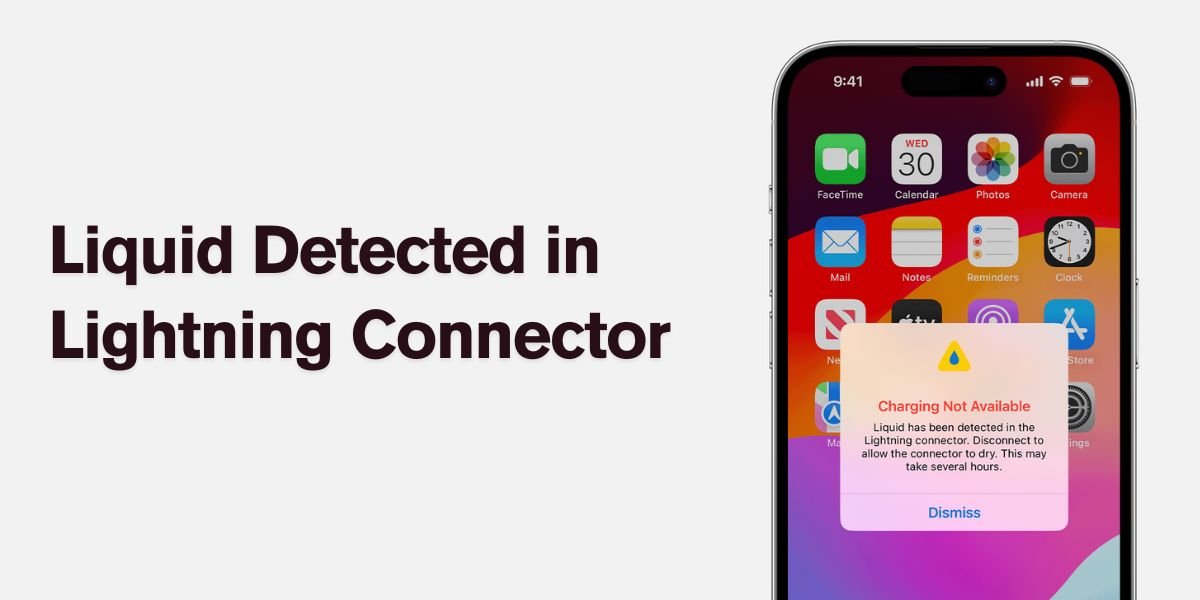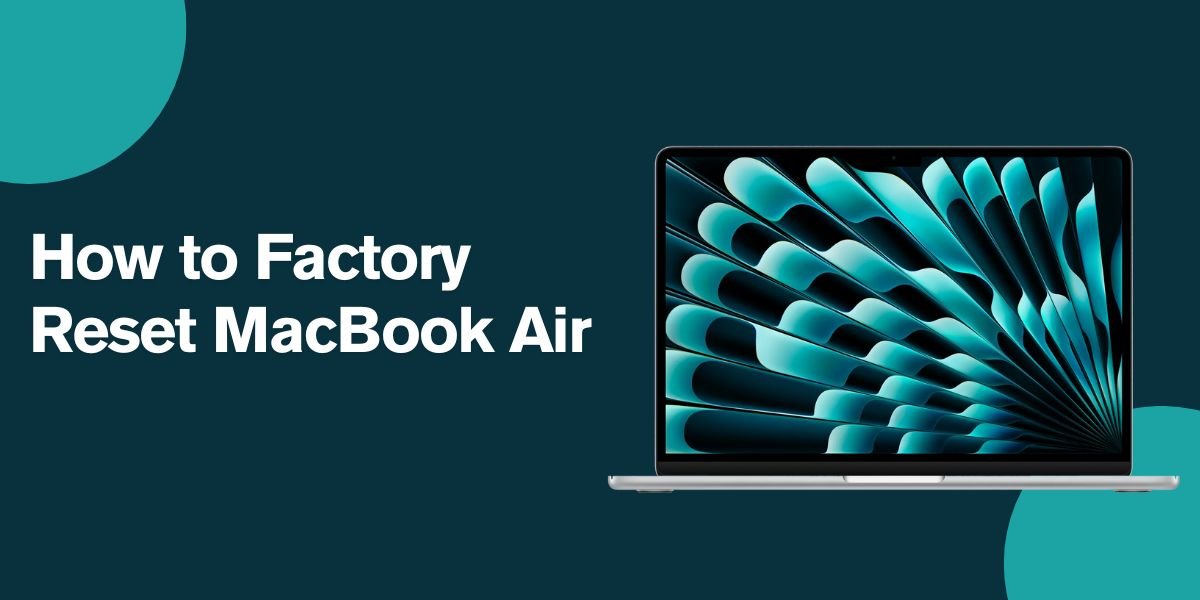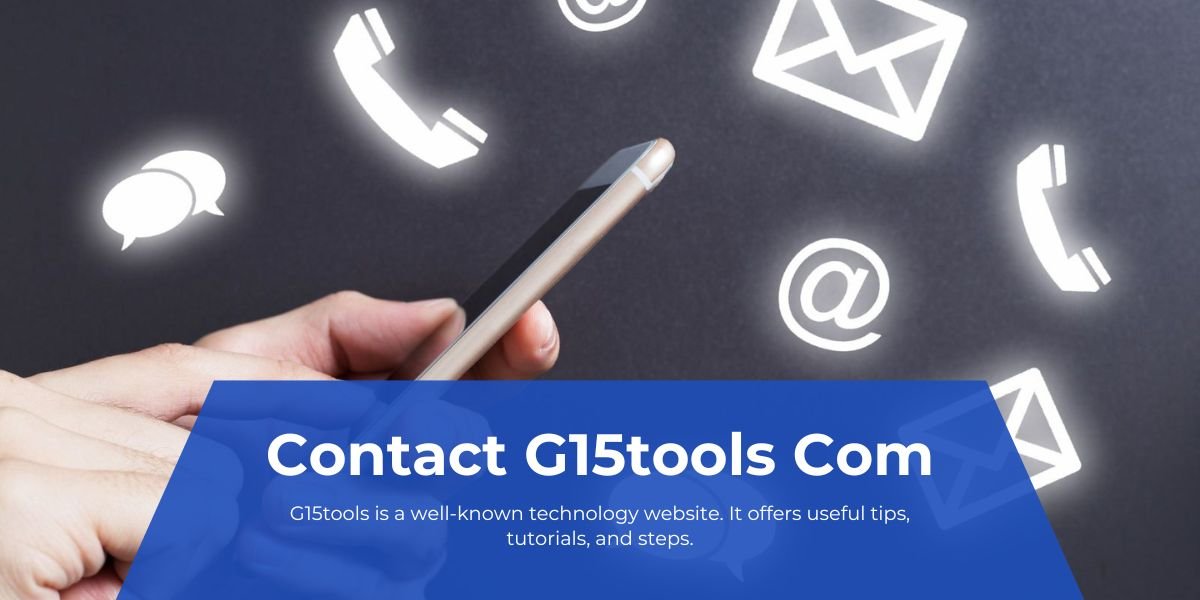If your iPhone shows a “liquid detected in Lightning connector” message, don’t panic. It’s a message, not a message about how someone should be reached if they’re dead. What matters is that the charging port is sensing that moisture is nearby. It happens to many individuals. It is fine to experience rust when you use your tools in the presence of water, humidity or sweat.
iPhone’s safety sensors set it off. It warns your phone against charging in wet conditions. This protects it from electric problems and harm. The main goal is to keep your phone’s insides safe. Should you notice that feature, rest assured that your iPhone is taking care of you.
What is “Liquid Detected in Lightning Connector”?
The “liquid detected in Lightning connector” warning appears when your phone is able to detect water in the area of its charging port. The Lightning port is the little hole at the bottom of your iPhone. That’s where you insert your charger or headphones. If water seeps in there, your phone will not charge.
It does not indicate that your phone is damaged. It indicates that the phone is resting to ensure its safety. It wants to interrupt the flow of power so things can dry out. This detection is effective even with low humidity or a moist accessory. Apple came up with this to safeguard your phone.
Why Does Liquid Detected in Lightning Connector Keep Appearing?
This warning appears if water touches your iPhone Lightning port. That is the plug at the back of your phone where you put your charging cable. Sometimes even damp air or small splashes will trigger it.
The phone is also water-sensitive and disallows charging to avoid short circuits. This could be even when your phone is seemingly dry. If you still see “liquid detected in Lightning connector” on your screen, it is possibly due to hidden moisture or sensitive sensors.
Causes of Liquid in the Lightning Connector
Your phone’s charging slot is small but sensitive. It’s exposed to air, hands, and cables all day. Moisture doesn’t need a full splash. Even steam or dampness can cause problems.
1. Dropping the Phone in Water
This is the most common reason. Even a quick dip in a sink or pool can leave traces of moisture. The port can hold water even if the rest of the phone looks dry. Just one drop inside can trigger problems. Always dry your device slowly and safely.
2. Using the Phone in Rain
Taking calls or photos in light rain seems safe. But water can slip into the bottom slot easily. It doesn’t take a full soak. Even a little drizzle can sneak inside. Avoid using it in wet weather.
3. High Humidity or Steam
Bathrooms and kitchens create steam. Warm, moist air gets inside small gaps. This can happen without direct contact. Just leaving your phone nearby while cooking or showering can cause issues.
4. Plugging in Wet Accessories
If your cable or headphones are damp, they carry moisture. Connecting them spreads the problem to your phone. Always check your accessories first. Let them dry fully before use.
How to Fix Liquid Detected in Lightning Connector

If your phone got wet, act fast but carefully. The best way to remove moisture is by letting it air out. Don’t use heat or press anything into the port.
- Disconnect Everything: Unplug all cables right away. Don’t charge or use accessories. Charging now could damage the phone. Let it sit unplugged to prevent risk.
- Tilt and Tap Gently: Hold your phone with the slot facing down. Tap it softly against your palm. This helps water drip out. Do not shake it hard or use force.
- Let It Air Dry: Place the phone in a dry room. Make sure air can move freely around it. Wait at least 30 minutes before testing. Don’t rush this step.
- Test and Wait Longer If Needed: Try plugging it in again. If the warning still shows, wait longer. Let it sit for another 24 hours. More drying time often solves the issue.
Mistakes to Avoid After Liquid Detected in Lightning Connector
When your iPhone has moisture in the port, your first instinct might be to act fast. But using the wrong methods can do more harm than good. Certain drying techniques can push water deeper or damage internal parts.
| Mistake | Why You Should Avoid It |
| Using a hair dryer | Heat can damage internal parts |
| Inserting cotton swabs | Can push liquid further inside |
| Using compressed air | May force moisture deeper |
| Placing in rice | Rice particles can clog the port |
Always allow your phone to air dry naturally in a cool, dry place. Patience is the safest method. Avoid shortcuts that risk internal damage or make the moisture issue worse.
Can You Bypass the Liquid Detected in Lightning Connector Alert?
Yes, you can. If needed, you can use the “Emergency Override” option. But use it only in urgent cases. Here’s how:
- Unplug the charger.
- Reconnect it. The alert will show again.
- Tap “Emergency Override” to start charging.
Warning: This can damage the device if it’s still wet. Bypassing the liquid detected in Lightning connector alert is not a long-term solution.
Safer Option: Use Wireless Charging While Liquid Detected in Lightning Connector Persists
Wireless charging is a great alternative when your charging port isn’t working properly. It lets you power up your device without touching any cables. This helps prevent further moisture contact with the charging slot. Before placing the phone on a wireless pad, make sure the back of the phone is completely dry. This method reduces the risk of internal damage while your device continues to dry out naturally.
Many phone models today support wireless charging. It’s quick, easy, and far safer when the port might still have moisture inside. You don’t need to force anything into the connector, which avoids short circuits. Even if you don’t usually use wireless pads, having one on hand can be a good backup. It’s especially helpful in emergencies or travel situations.
iPhone Models and Liquid Detected in Lightning Connector Response
Not all iPhones offer the same level of protection against moisture. Some models are only splash resistant, while others handle deeper immersion better. Knowing your model helps you respond properly to liquid exposure.
| iPhone Model | Water Resistance Level |
| iPhone 8 to iPhone 11 | Splash, water, and dust-resistant |
| iPhone 12 and later | Better water resistance |
Understanding your iPhone’s resistance helps you manage risks better. Even if your phone is water-resistant, moisture in the charging port can still interrupt functionality. Always handle with care, no matter the model.
Get Help If Liquid Detected in Lightning Connector Won’t Go Away
Some issues go deeper than surface moisture. You may need repair tools or a trained hand. If simple steps don’t work, stop trying to fix it yourself.
- The alert doesn’t go away after 24 hours.
- Charging still fails.
- You notice any corrosion or damage.
Quick attention can save your phone from permanent issues. Professionals know how to handle liquid detected in Lightning connector cases.
More Than Water: What Else Triggers Liquid Detected in Lightning Connector?
Liquid issues aren’t always caused by water. Other substances like juice, sweat, or lotions can also cause the same symptoms. These liquids may dry on the surface but leave behind sticky or corrosive residue. That residue can interfere with how your phone connects to charging or accessories. Even tiny traces left behind can trigger system warnings.
Household moisture isn’t always visible. Sometimes it’s the humidity in your bag, steam from cooking, or wet hands that do the damage. These smaller moments of exposure add up over time. Oils from skin or cosmetic products can also build up inside the port. Cleaning these safely requires proper tools or professional help. It’s not just about drying—it’s about keeping that area clean too.
Tips to Prevent Future Liquid Detected in Lightning Connector Alerts
Prevention is the safest path. Keep your device away from common risks. A few simple rules can help you avoid trouble.
- Keep phone away from liquids.
- Don’t charge in steamy rooms.
- Avoid charging with wet hands.
- Let accessories dry before connecting.
A few habits can protect your phone from future issues. That way, you avoid another “liquid detected in Lightning connector” message.
FAQs
Q1. Why does my phone show “liquid detected” even if it’s dry?
Your port may have condensation or leftover residue from a wet cable.
Q2. Can I force my iPhone to charge?
Yes, using Emergency Override, but only if urgent. It risks damage.
Q3. Should I clean the port?
Only with expert help. Don’t insert objects yourself.
Q4. Is wireless charging completely safe if port is wet?
It’s safer, but ensure your phone’s back is dry before use. Especially when facing a “liquid detected in Lightning connector” situation.
Conclusion: Handle Liquid Detected in Lightning Connector with Care
Getting a “liquid detected in Lightning connector” message is not a reason to panic. It means your phone is protecting itself. Give it time. Let it dry. Don’t use risky fixes. Don’t plug in things too soon. These warnings exist for safety. By handling the situation patiently, you avoid damage. You avoid costly repairs. And your iPhone stays in good shape. Wireless charging can help while you wait. And drying methods, if done right, can clear the alert. Still seeing it? Let it dry longer. Or seek expert help nearby. Don’t rush the process. The “liquid detected in Lightning connector” alert appears for a reason. Respect that reason. And your device will reward you with long life and better performance.
Read More Blogs 🙂












Leave a Reply